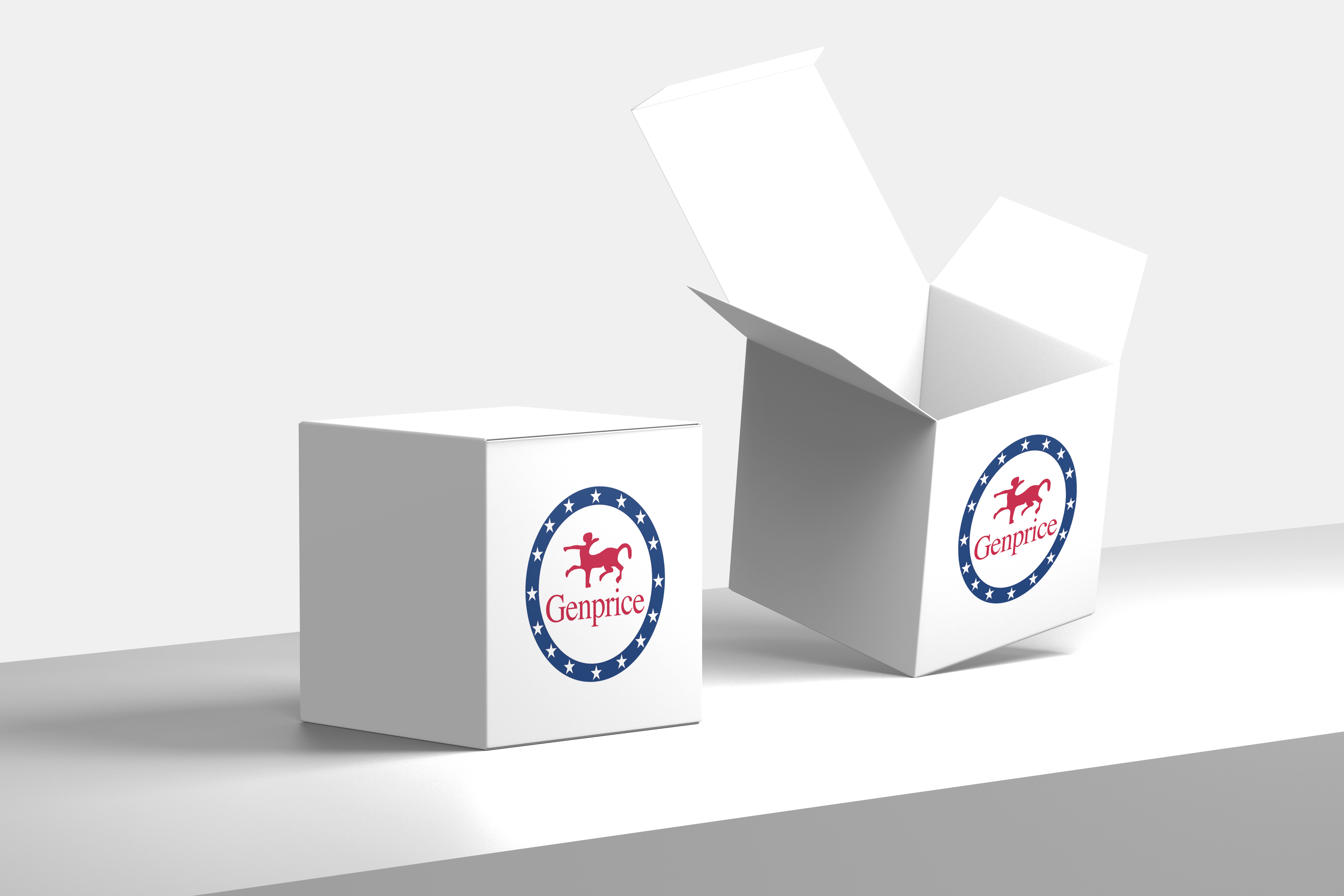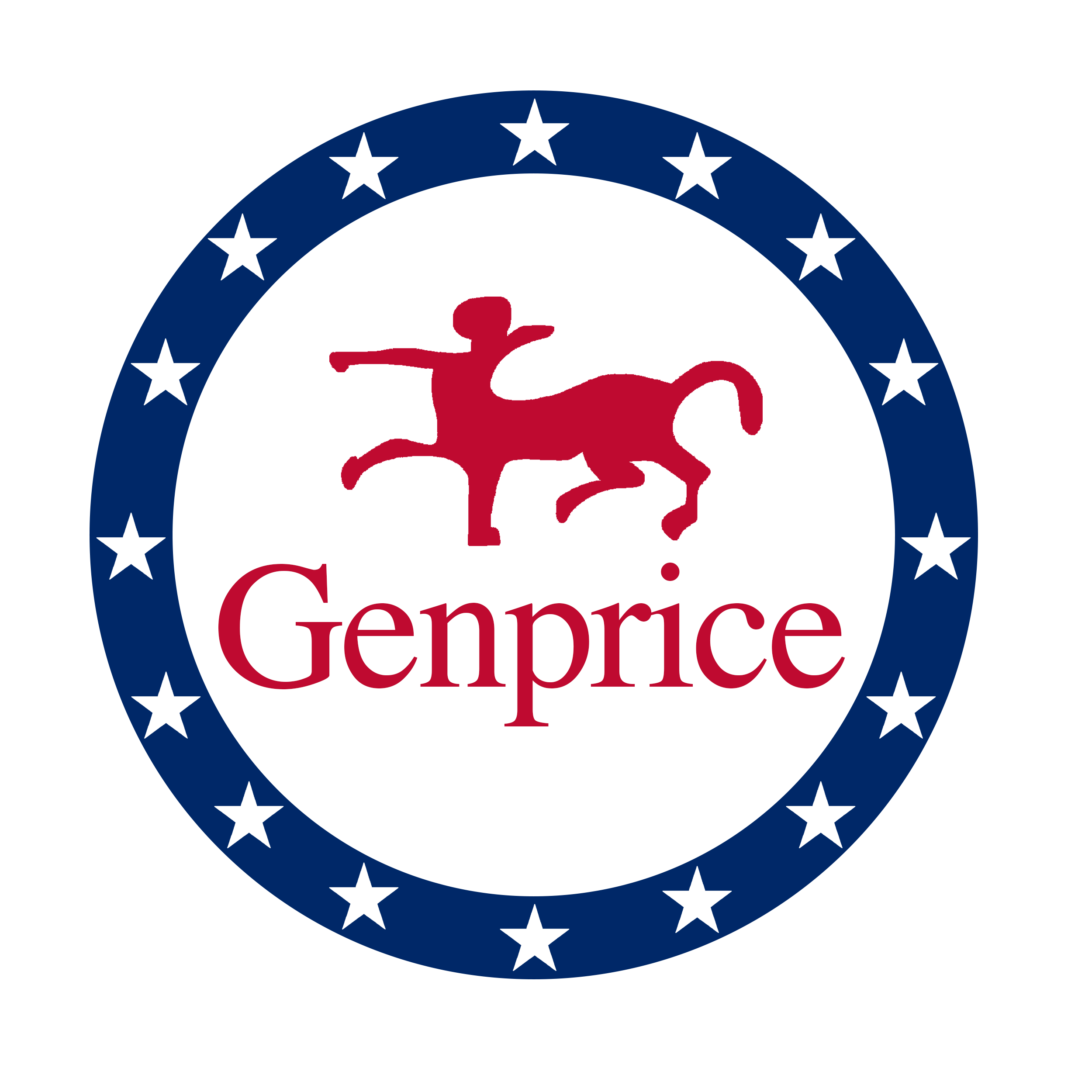+1 (408)780-0908

Anti-Hu CD4 FITC
CD4 (T4) is a single chain transmembrane glycoprotein and belongs to immunoglobulin supergene family. In extracellular region there are 4 immunoglobulin-like domains (1 Ig-like V-type and 3 Ig-like C2-type). Transmembrane region forms 25 aa, cytoplasmic tail consists of 38 aa. Domains 1,2 and 4 are stabilized by disulfide bonds. The intracellular domain of CD4 is associated with p56Lck, a Src-like protein tyrosine kinase. It was described that CD4 segregates into specific detergent-resistant T-cell membrane microdomains. Extracellular ligands: MHC class II molecules (binds to CDR2-like region in CD4 domain 1) HIV envelope protein gp120 (binds to CDR2-like region in CD4 domain 1) IL-16 (binds to CD4 domain 3), human seminal plasma glycoprotein gp17 (binds to CD4 domain 1), L-selectin. Intracellular ligands: p56LckCD4 is a co-receptor involved in immune response (co-receptor activity in binding to MHC class II molecules) and HIV infection (human immunodeficiency virus CD4 is primary receptor for HIV-1 surface glycoprotein gp120). CD4 regulates T-cell activation, T/B-cell adhesion, T-cell diferentiation, T-cell selection and signal transduction. Defects in antigen presentation (MHC class II) cause dysfunction of CD4+ T-cells and their almost complete absence in patients blood, tissue and organs (SCID immunodeficiency).
The mouse monoclonal antibody EM4 recognizes an extracellular epitope of CD4 antigen, a 55 kDa transmebrane glycoprotein expressed on a subset of T lymphocytes (8220helper8220 T-cells) and also on monocytes, tissue macrophages and granulocytes. This antibody does not block Leu3a and OKT4 binding, and blocks HIV-1 infection in cell to cell system. Very strong flow cytometry staining, brighter than Leu3a, OKT4 and other.
RUO
Mouse
Human
Normal human blood lymphocytes
CD4
IgG2a
EM4
Flow cytometry: The reagent is designed for analysis of human blood cells using 4 μl reagent / 100 μl of whole blood or 106 cells in a suspension. The content of a vial (0.4 mL) is sufficient for 100 tests.
FC
FITC
Stabilizing phosphate buffered saline (PBS), pH 7.4, 15 mM sodium azide
*Filatov AV, Krotov GI, Zgoda VG, Volkov Y: Fluorescent immunoprecipitation analysis of cell surface proteins: a methodology compatible with mass-spectrometry. J Immunol Methods. 2007 Jan 30319(1-2):21-33., URL: http://www.ncbi.nlm.nih.gov/pubmed/17098248 ,
*Millan J, Cerny J, Horejsi V, Alonso MA: CD4 segregates into specific detergent-resistant T-cell membrane microdomains. Tissue Antigens. 1999 Jan53(1):33-40., URL: https://pubmed.ncbi.nlm.nih.gov/10082429/,
Store at 2-8°C. Protect from prolonged exposure to light. Do not freeze.
Similar Products
| Cat | Product Name | Size | Price |
|---|---|---|---|
